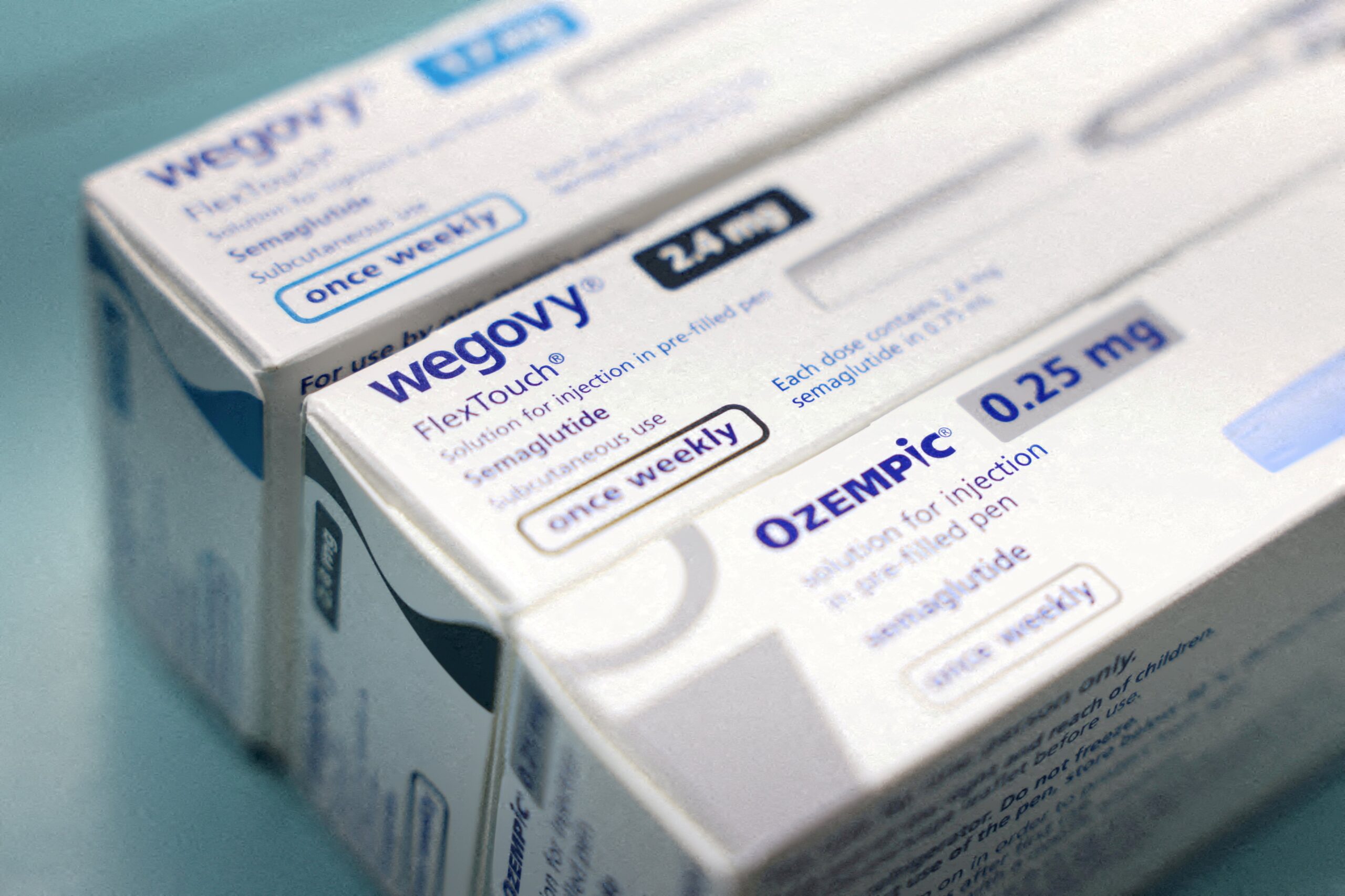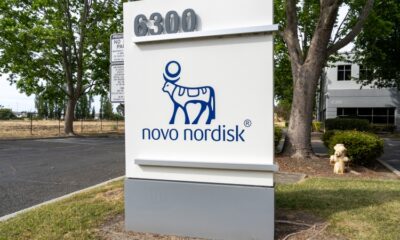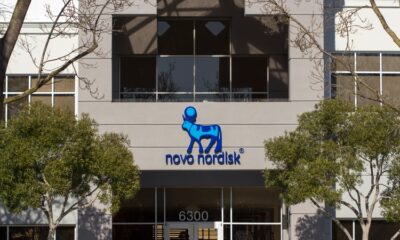Business
Novo Nordisk Faces Crisis as Ozempic Becomes Essential Infrastructure

The recent turmoil surrounding Novo Nordisk highlights a significant shift in the pharmaceutical landscape, particularly regarding the company’s weight-loss drug, Ozempic. Following a profit warning, Novo Nordisk saw a staggering loss of $70 billion in market value, not due to the drug’s ineffectiveness but rather a failure to recognize its evolving role in society. The transformation of Ozempic from a mere pharmaceutical product to a crucial aspect of social infrastructure has serious implications for corporate risk management.
As the chair of the Long Run Institute and a fellow of the Historical Society of the United Kingdom, Dr. Laurence B. Mussio argues that the crisis faced by CEO Lars Fruergaard Jørgensen stems from a lack of foresight regarding “trust risk.” This type of risk emerges when a product becomes essential to societal stability, leading to systemic consequences if it becomes scarce.
Understanding the Shift from Product to Infrastructure
Traditionally, Novo Nordisk was concerned primarily with “innovation risk”—the significant research and development costs associated with pharmaceutical success. However, the overwhelming demand for Ozempic has elevated its status to that of essential infrastructure, similar to how grain imports were vital to the Roman Empire. This shift means that failures in supply can lead to social unrest, as evidenced by empty pharmacy shelves and anxious patients.
The situation mirrors the historical Cura Annonae, a system established in ancient Rome to manage grain distribution. Roman leaders were acutely aware that disruptions in this supply could lead to chaos. In the same vein, Novo Nordisk’s logistical failures indicate a breach of trust with the public, akin to the ancient contract between rulers and their citizens regarding essential provisions.
Innovative drugs like Ozempic, which have transcended their initial medical purpose and become cultural phenomena—appearing in everything from popular television shows to social media trends—are now seen as critical components of public welfare.
The Financialization of Health and the Role of Institutional Memory
The recent Obesity Summit hosted by BMO Capital Markets underscores the growing recognition among financial leaders that the systemic risks associated with obesity treatments now rival traditional financial risks. This acknowledgement reflects a profound change in how medications are perceived, with implications extending to macroeconomic stability.
Traditional risk models that focus on market analysis and supply chain logistics become inadequate when dealing with products that have achieved infrastructure status. Companies must acknowledge that infrastructure requires not only product delivery but also universal access and perceived fairness.
As the U.S. government intervenes to regulate prices for GLP-1 drugs like Ozempic, asserting control over this critical infrastructure, it becomes clear that the rules of engagement are changing. The U.S. government’s negotiations to set the monthly price for future FDA-approved oral GLP-1 medications at $150 illustrate a shift toward sovereign oversight.
The antidote to these emerging risks lies not in accumulating more data but in cultivating a deeper institutional memory. Companies must develop early-warning systems to recognize when their products are approaching the threshold of becoming societal necessities.
To navigate this landscape effectively, corporations must engage proactively with governmental bodies, positioning themselves as partners in public health rather than adversaries. This entails acknowledging the social responsibility that comes with products that have gained such critical importance.
As the landscape continues to transform, companies that adapt will thrive. Those that fail to recognize the significance of this phase change may find themselves in dire straits, as demonstrated by Novo Nordisk’s sudden financial decline. The lesson is clear: breakthrough innovations do not eliminate risk; instead, they redefine it.
-

 Politics3 weeks ago
Politics3 weeks agoSecwepemc First Nation Seeks Aboriginal Title Over Kamloops Area
-

 World4 months ago
World4 months agoScientists Unearth Ancient Antarctic Ice to Unlock Climate Secrets
-

 Entertainment5 months ago
Entertainment5 months agoTrump and McCormick to Announce $70 Billion Energy Investments
-

 Lifestyle4 months ago
Lifestyle4 months agoTransLink Launches Food Truck Program to Boost Revenue in Vancouver
-

 Science5 months ago
Science5 months agoFour Astronauts Return to Earth After International Space Station Mission
-

 Technology3 months ago
Technology3 months agoApple Notes Enhances Functionality with Markdown Support in macOS 26
-

 Top Stories2 months ago
Top Stories2 months agoUrgent Update: Fatal Crash on Highway 99 Claims Life of Pitt Meadows Man
-

 Lifestyle3 months ago
Lifestyle3 months agoManitoba’s Burger Champion Shines Again Amid Dining Innovations
-

 Sports5 months ago
Sports5 months agoSearch Underway for Missing Hunter Amid Hokkaido Bear Emergency
-

 Politics4 months ago
Politics4 months agoUkrainian Tennis Star Elina Svitolina Faces Death Threats Online
-

 Politics4 months ago
Politics4 months agoCarney Engages First Nations Leaders at Development Law Summit
-

 Technology5 months ago
Technology5 months agoFrosthaven Launches Early Access on July 31, 2025





















